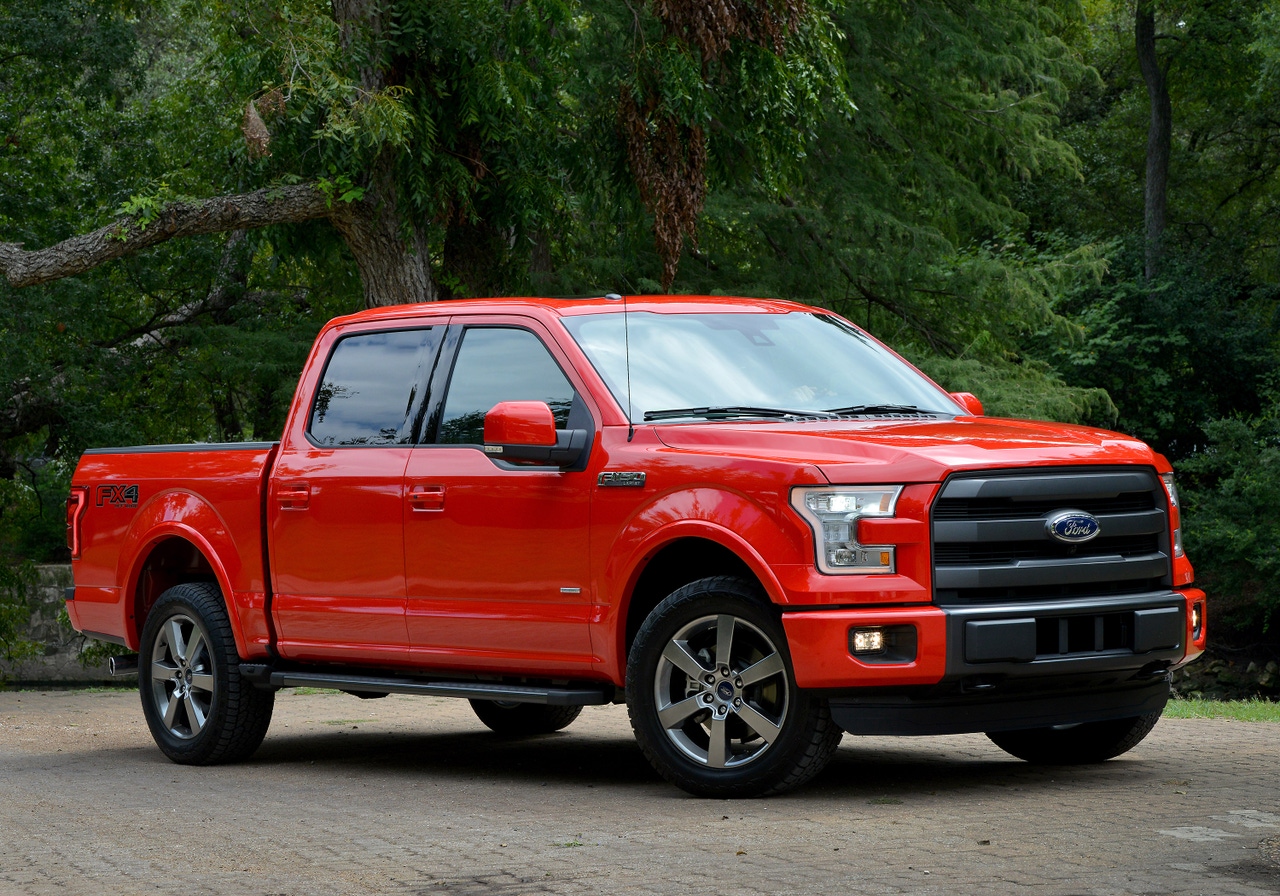Ford No Stranger to AluminumFord No Stranger to Aluminum
Ford in 1992 began experimenting with aluminum with its Aluminum Intensive Vehicle program.

The ’15 F-150 fullsize pickup may be Ford’s latest foray into manufacturing with aluminum, but it wasn’t its first stab at integrating the lightweight material into a vehicle’s construction.
Ford in 1992 began experimenting with aluminum with its Aluminum Intensive Vehicle program, which led to the development of a Taurus body-in-white.
Pete Friedman, senior technical leader for body construction research-Ford Research and Advanced Engineering, says 100 Taurus BIWs were built with the goal of determining the lightweighting effects and high-volume manufacturing potential of aluminum.
“We still have one of these (BIWs), and the amazing thing is the body panels look brand new,” he says in a conference call. “It was really a proof point of the technology.”
Ford continued to evaluate the potential of aluminum and in 1995 added an aluminum hood to the Lincoln Town Car, as well as developed a Contour body-in-white.
The automaker’s work with aluminum escalated in 2002 with the development of the Ford GT super car and Jaguar XJ, both largely constructed out of the lightweight material.
“Our team with Jaguar was the engineering center to the move to aluminum,” Friedman says. “A lot of that was good proof points of what we could do, and since then we’ve accelerated in terms of alloy development.”
Work on ’15 F-150 program began in 2008. Friedman says the initial target for weight savings was 40% and early prototypes came close to achieving that target.
The first prototype, dubbed X0, achieved 36% weight savings, while the follow-up X1 reached 40%.
Seven prototypes were built and subjected to durability tests 50% longer than typical.
“We did that before the program started and did extremely well,” Friedman says. “We got to 40% on body-in-white weight savings and achieved 45% of body structure.”
To reach the 45% weight-reduction target, Friedman and his team had to determine where best to apply aluminum as well as determine what alloys to use and how to best form aluminum panels.
In the 1992 aluminum research, Ford employed Series 6000 aluminum in 6% of the BIW, while 4% was steel and 90% Series 5000 aluminum.
For the ’15 F-150, Series 5000 aluminum is used in 12% of the body, steel in 8%, Series 6000 aluminum in 54% and Series 6000 aluminum that undergoes a post-form heat-treatment process in 26%.
“PFHT is the process where we take parts and heat treat them to high strength prior to body construction,” Friedman says. “It essentially doubles the strength of panels. We use 5000 Series where it makes sense and then the steel, mostly in the dash panels.”
Forming complex shapes in aluminum long has been an issue, but new technology allowed for the development of the F-150’s body panels.
“One of the keys to using these alloys is increased formability (so as not to) have design inefficiency,” Friedman says. “Before, parts had to be broken up because of non-formability. We’ve gotten past that. It was a long road in alloy development and die technology, as well as lubricant technology for stamping.”
Aluminum costs more than traditional steel, which is a deterrent to many automakers seeking to transition to the lightweight material. To mitigate costs, Ford developed a stringent recycling strategy for aluminum scrap.
Normally, only about 50%-60% of the metal used to manufacture a car is used, with the rest scrapped, with high-volume vehicle programs typically aiming for a higher usage rate. Ford managed to achieve a 68% usage rate with the new F-150, leaving just 32% scrap.
“Aluminum is infinitely recyclable so there is no degradation,” he says. “From the very beginning we worked with aluminum suppliers to get closed-loop recycling because the value of (aluminum) scrap is high, and if you can keep it to one alloy family it’s higher.”
Ford’s aluminum stamping plant has a 4-way segregation recycling program. When a piece is stamped, the scrap gets sucked up and dumped into a tractor trailer, then driven back to the aluminum plant to be melted down into the same alloy.
“We have common trailers,” Friedman says. “The same trailers that bring the coils get filled with scrap and drive right back.”
About the Author
You May Also Like

